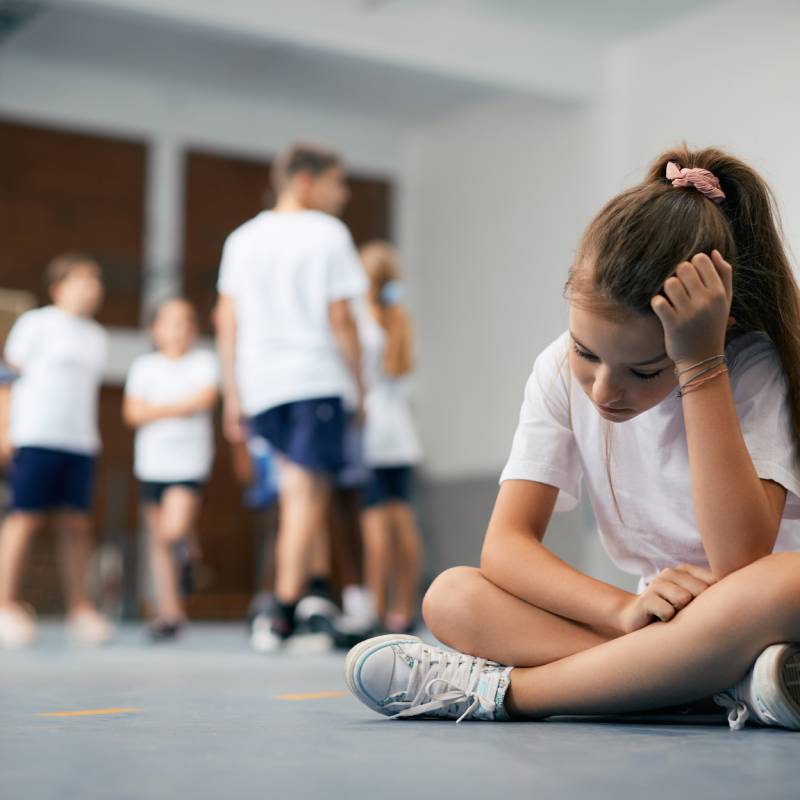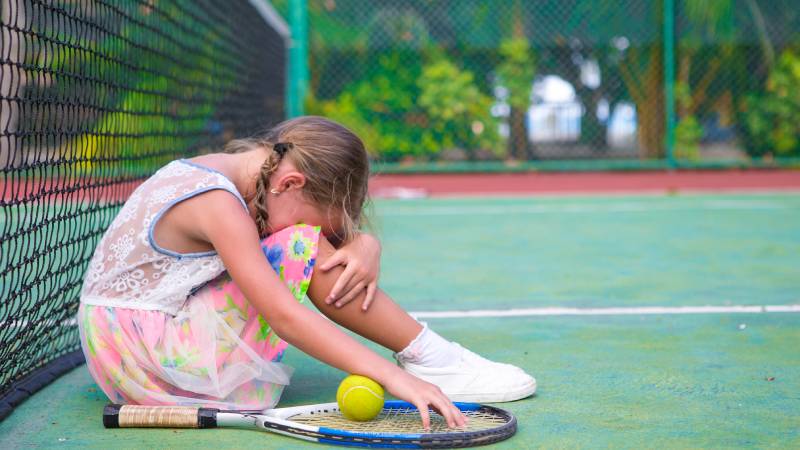Bullying in sport and its different forms

Bullying in sport is a persistent problem that undermines not only the morale of athletes, but also the very integrity of sport as an activity based on respect, discipline and fair play.
It manifests itself in a variety of forms, from verbal and physical bullying to more insidious forms such as cyberbullying, each of which has a profound impact on its victims. This article explores the nature of bullying in sport, its different forms and provides concrete examples to better understand this harmful phenomenon.
Definition of Bullying in Sport
Bullying in sport can be defined as any repetitive behavior on the part of an individual or group aimed at hurting, humiliating or ostracizing another person in a sporting context. Unlike healthy competition, which can also be intense, bullying aims to degrade the victim’s sporting experience and undermine self-esteem and performance.
Most acts of violence suffered by athletes emanate from their peers, including both opponents and teammates [1].
Forms of Bullying in Sport
- Verbal bullying: This can include constant mockery, insults or criticism of an athlete’s performance, physical appearance or sporting skills. For example, a coach who repeatedly criticizes a player using degrading language in front of the team can cause significant psychological damage to the targeted athlete.
- Physical bullying: This form of bullying includes actions such as pushing, hitting or using any other physical means to intimidate or injure an athlete. A concrete example might be a basketball player using excessive force against a teammate during practice, outside of normal play, with the intention of intimidating or injuring. 57% of cases of physical violence suffered by athletes are caused by other athletes [1].
- Cyberbullying: With the advent of social networking and digital technologies, cyberbullying has become a worrying form of bullying in sport. It can include online harassment, spreading malicious rumors or posting derogatory comments about an athlete’s performance [2]. For example, an athlete may receive threatening messages on their phone or see negative comments about their sporting performance posted on online forums or social networks, often anonymously. Account hacking is also a form of cyberbullying, as it enables cyberbullies to gain illegal access to athletes’ or team members’ online accounts. Once an account has been compromised, cyberbullies can publish offensive, defamatory or compromising content in their name, which can damage their reputation and public image.
Examples of bullying situations
- A notable case of verbal bullying might be a young swimmer who, at every practice, is taunted by some teammates for his swimming technique, referring to him as a “turtle”. This constant taunting can lead to a drop in confidence and a reluctance to participate.
- In terms of physical bullying, consider the example of a soccer team where an older player uses his strength to systematically push a new team member around in the locker room, making him feel unwanted and threatened.
- For cyberbullying, a striking example is that of a teenage gymnast who discovers photo montages of herself made without her consent and shared on social platforms, accompanied by mocking comments about her weight and performance. This kind of online abuse can have devastating consequences for an athlete’s mental health.
- Cyberbullies can create fake profiles on social networks posing as team members or fans to harass or threaten athletes.
- Cyberbullies may illegally access an athlete’s or team member’s online accounts to post offensive or compromising content on their behalf.
Creating a Safe and Inclusive Sports Environment
By recognizing and understanding the different forms of bullying, sporting communities can unite to create a safe and inclusive environment for all athletes. This requires awareness-raising, training, clear policies and the involvement of all key players: coaches, families, athletes and sports organizations. By investing in prevention and the fight against bullying, sport can become a genuine vehicle for positive values and personal fulfillment.
Sources :
[1] Croteau, S. (2018). Faire équipe pour un sport sans violence. Sport For Life. Consulté à l’URL suivante : https://sportforlife.ca/wp-content/uploads/2018/03/A7-Faire_e%CC%81quipe_pour_un_sport_sans_violence_SylvainCroteau.pdf
[2] Clinique de Psychologie Québec. (2018). L’intimidation en milieu scolaire : comment la reconnaître et y mettre un terme. Consulté à l’URL suivante : https://cliniquepsychologiequebec.com/intimidation-scolaire/
Karl Demers

On the same subject
This article sets out to deconstruct the phenomenon of bullying in sport, exploring definitions, underlying reasons and consequences.
Bullying in sport, a persistent and worrying problem, extends far beyond mere competitive rivalries, infecting team spirit and undermining the […]
Bullying in sport is an issue that can seriously affect the well-being and performance of young athletes.


